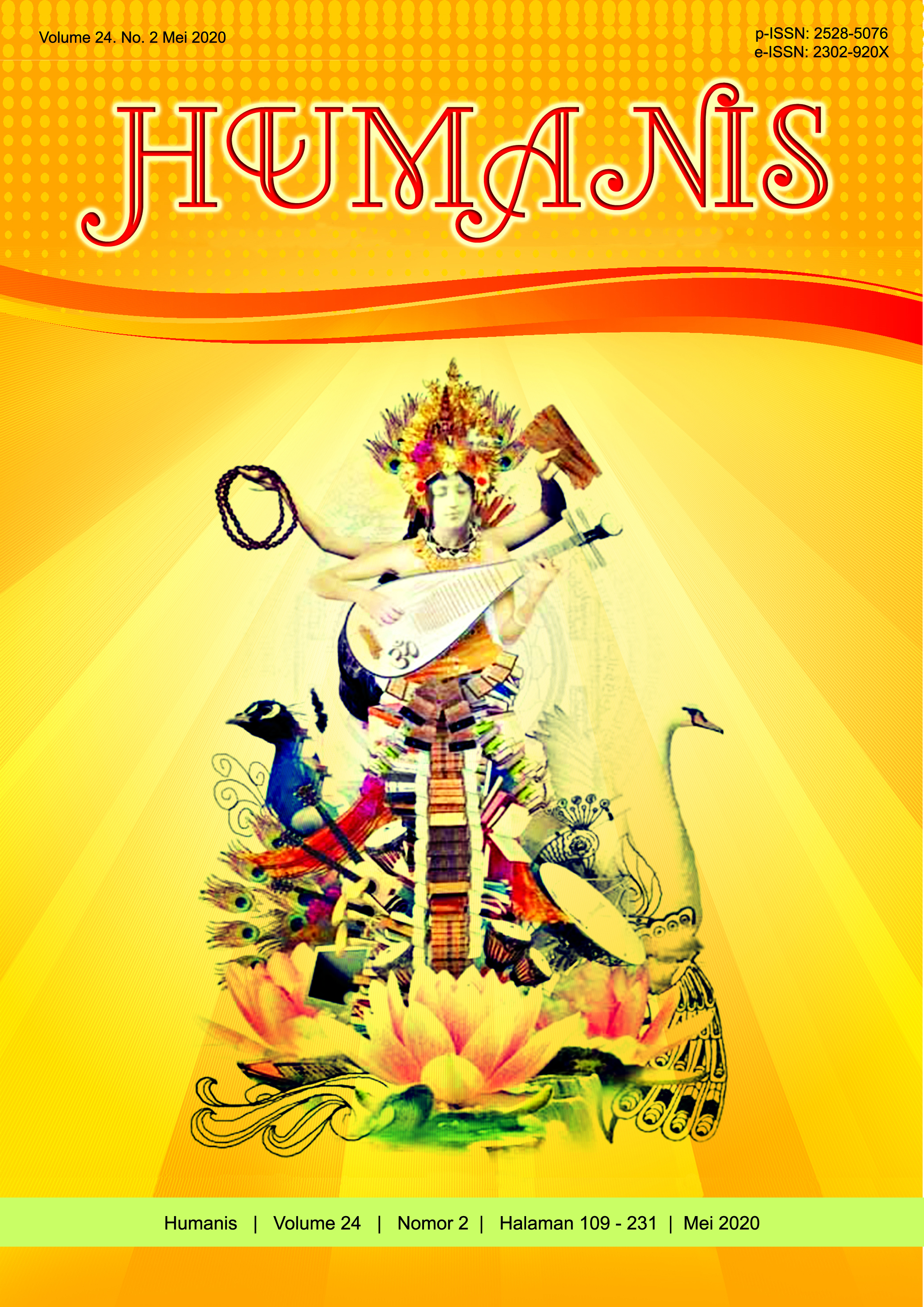Literacy Syllabus Evaluation through Needs Analysis of English for Specific Purposes
Abstract
With its unique and progressive approach on education, Green School High School Literacy Syllabus shall be evaluated from an ESP perspective and there is currently no research about it. The aim of this study is to find out what language skills the students think they need and help determine if the existing syllabus at Green School has adequately addressed the needs using qualitative-quantitative methods. Through questionnaires, this study uses Hutchinson-Water's theory of target needs and learning needs. After careful evaluation, the findings suggest that the syllabus has not addressed the Needs sufficiently. Out of 86 subskills, there are only 38 subskills addressed sufficiently. In this context-specific study, there are several implications to be drawn.
Downloads
References
Brown, J. D. (1995). The Elements of Language Curriculum: A Systematic Approach to Program Development. New York: Heinle&Heinle.
Chen, I.-J., Chang, Y.-H., & Chang, W.-H. (2016). I Learn What I Need: Needs Analysis of English Learning in Taiwan. Universal Journal of Educational Research Vol. 4(1), pp. 1-5. doi:10.13189/ujer.2016.040101
Dudley-Evans and St. John in Javid, ChoudharyZahid.(2013, October). English for Specific Purposes: Its Definition, Characteristics, Scope, and Purpose. European Journal of Scientific Research, Vol. 112(1), pp. 138-151. Retrieved June 2018, from http://www.europeanjournalofscientificresearch.com/
Ekici, N. (2003). A Needs Assessment Study on English Language Needs of the Tour Guidance Students of Faculty of Applied Sciences at Baskent University: A Case Study. Ankara: Middle East Technical University.
Green School Bali. (2018, November 21). About. Retrieved from Green School: https://www.greenschool.org/about/
Hutchinson, T., & Waters, A. (1984). English for Specific Purposes: A Learning- Centred Approach. Cambridge: Cambridge University Press.
Izidi, R., &Zitouni, M. (2017, June). ESP Needs Analysis: the Case of Mechanical Engineering Students at the University of Sciences and Technology, Oran U.S.T.O. Revue des Etudes Humaines et sociales -B/Littérature et Philosophie No. 18, pp. 16-25.DOI: 10.33858/0500-000-018-054
Murphy, R. S. (2018). The Concept of Syllabus Design and Curriculum Development: A Look at Five Major Syllabus Designs. In A. Faravani, M. Zeraatpishe, M. Azarnoosh, & H. R. Kargozari (Eds.), Issues in Syllabus Design (Vol. 6, p. 1). Rotterdam.
Rahman, M. (2015). English for Specific Purposes (ESP): A Holistic Review. Universal Journal of Educational Research Vol. 3.1, pp. 24-31.DOI: 10.13189/ujer.2015.030104
Richards, J. C., & Schmidt, R. (2010).Longman Dictionary of Language Teaching and Applied Linguistics. New York: Pearson Education.
Sari, Farnia.(2019, July).The Issues of ESP Instruction for University Level in Indonesia. Global Expert JurnalBahasadanSastra, Vol. 7 (1), pp. 1-6
Smoak, R. (2003, April). What is English for Specific Purposes? English Teaching Forum, Vol. 41 (2), pp. 22-27.
UNESCO. (2004). The Plurality of Literacy and its Implications for Policies and Programmes: Position Paper. Paris: United Nations Educational, Scientific and Cultural Organization.
White, J. P. (1971). The Concept of Curriculum Evaluation. Journal of Curriculum Studies, Vol. 3 (2), pp. 101-112.
DOI: 10.1080/0022027710030202
Zohoorian, Z. (2015, January). A Needs Analysis Approach: An Investigation of Needs in an EAP Context. Theory and Practice in Language Studies, Vol. 5(1), pp. 58-65. Retrieved May 12, 2018


















